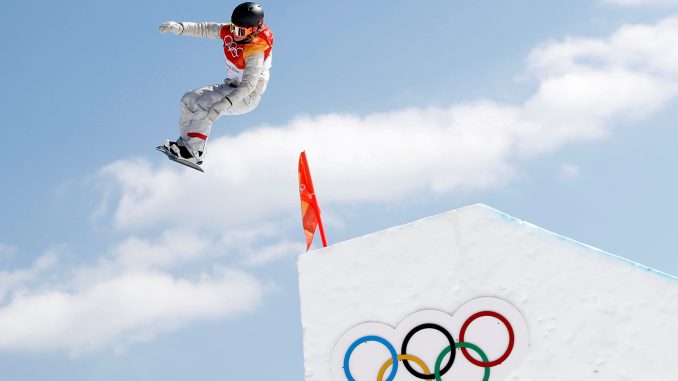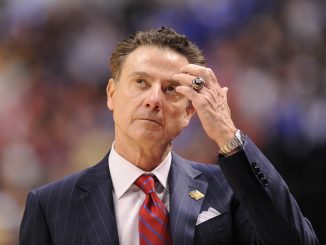
GANGNEUNG, South Korea — While the Olympic flame went out Sunday, life will go on for the nearly 3,000 athletes who thrilled, inspired or disappointed at the Pyeongchang Winter Games.
For some their Olympic journey will have just begun; for others it is the end of a long, wintry road to destinations unknown.
For every Lindsey Vonn or Shaun White, who will live comfortably off their endorsements and fame long after they have put away their skis and snowboards, there are hundreds of Olympians leaving South Korea wondering: “What next?”
After years of living inside the Olympic bubble, where their regimented lives revolved solely around training and competition, it will be time to venture out into the real world.
Gone will be the routine, the sports funding and the support system that sustained them.
Some will return to school, some will move into the coaching ranks — and some will run away to join the circus.
Seventeen Olympians, from gold medal-winning synchronized swimmers to figure skaters, are currently working in the Cirque du Soleil, the avant-garde, Montreal-based, theatrical production company providing a stage for athletes to use the skills and talents they have spent years, even decades, honing.
The man in charge of recruiting and developing these talents is Fabrice Becker, a former Olympic gold medalist and world champion freestyle skier for France who started with Cirque as an acrobatic talent scout and is now the director of creation for one of their upcoming shows.
“Those athletes are interesting because they’ve reached a technical level of physical and mental preparation and dedication to something that is very specific, and those skills can be translated in a complete new environment,” Becker, who won his gold at the 1992 Albertville Olympics where freestyle ballet was a demonstration sport, told Reuters.
“For us it is more to work along with them in their sport career and let them know early on once they are done there are opportunities at Cirque.”
Becker confirmed that Cirque talent scouts were watching several athletes competing at the Pyeongchang Winter Games, particularly those in new, adrenaline-fueled events such as Big Air and slopestyle.
They keep tabs on the athletes and offer a viable career once their days of chasing medals are over.
Asked if he might consider a career in the circus, Canadian ski-crosser Kevin Drury said: “Yes, probably. I grew up doing gymnastics and basically every other sport imaginable so depending what it involved it could be cool.”
DIFFERENT FOCUS
The circus life, however, is not for everyone. The transition from athlete competitor to performer can be awkward and jarring.
While the skills and discipline required to become a high-performance athlete translate nicely into the show business environment, the single-minded focus needed to peak for one moment every four years is very different from the mindset needed for a 10-show working week.
“The main difference is when you are an athlete you really focus on one event,” explained Becker. “If it is the Olympics you have that goal once every four years, so it is a very different mentality having to perform night after night.
“It is almost like if you had a competition every night or twice a night because the public are your judges.
“You might not be at your peak level every night like when you are doing the Olympics or a world championships but you have to find a way to sustain an effort.”
For Suzannah Bianco, who won a gold medal for the United States in synchronized swimming at the 1996 Olympic Games, career options were limited after she left the pool.
A mermaid in a Florida amusement park or coaching were two options before Cirque knocked on her door offering her a chance to perform in their show “O” in Las Vegas.
“The toughest transition was the rewiring of the mind,” Bianco told Reuters. “In athletic performance it is not the same — you are looking for perfection, pushing through, the performance is the most important thing.
“Giving up that sense of perfection for a sense of continual progress was a big transition.”
Becker said Cirque and the International Olympic Committee (IOC) looked at athletes and sporting trends through the same lens, understanding there was a constant need to stay fresh and appeal to a constantly evolving audience.
That is why Cirque is paying particular attention to events such as Big Air and slopestyle.
Last year, Cirque held a research and development workshop bringing in athletes from these sports and asking them to try Cirque equipment using their specific acrobatic technique.
“Cirque has a mandate to renew ourselves in terms of content and we have a mandate to wow people and surprise them,” said Becker.
“We have been looking at people coming from snowboarding, from halfpipe, from nontraditional acrobatic movements, because gymnasts have a very specific way of doing acrobatics, people coming from those new alternative sports are flipping completely differently.
“It is very teasing and exciting because it offers new possibilities.”



